Loyola University New Orleans Jesuit Social Research Institute Report Reveals Scope and Depth of Hunger in Louisiana
BY ISN STAFF | December 19, 2018
A new report issued last week by Loyola University New Orleans’ Jesuit Social Research Institute (JSRI) centers around the realities of hunger and food deserts in Louisiana.
Hungry at the Banquet: Food Insecurity in Louisiana 2018 serves as a reminder that, in a state that celebrates rich and varied food traditions that are famous worldwide, there are many people without enough to eat. The condition is known as “food insecurity,” and Louisiana has the second highest rate of food insecurity in the United States.
Authored by Kathleen J. Fitzgerald, Ph.D., the report builds understanding around the scope of food insecurity, its causes and its cures, the realities of food deserts, and the nature of food justice. In his introduction to the report, JSRI Executive Director and member of ISN Board of Directors Rev. Fred Kammer, S.J., J.D., emphasizes: “Dr. Fitzgerald presents strategies for addressing food insecurity as part of the demands upon all of us—citizens and policymakers—to end the scourge of hunger in the midst of plenty in Louisiana.”
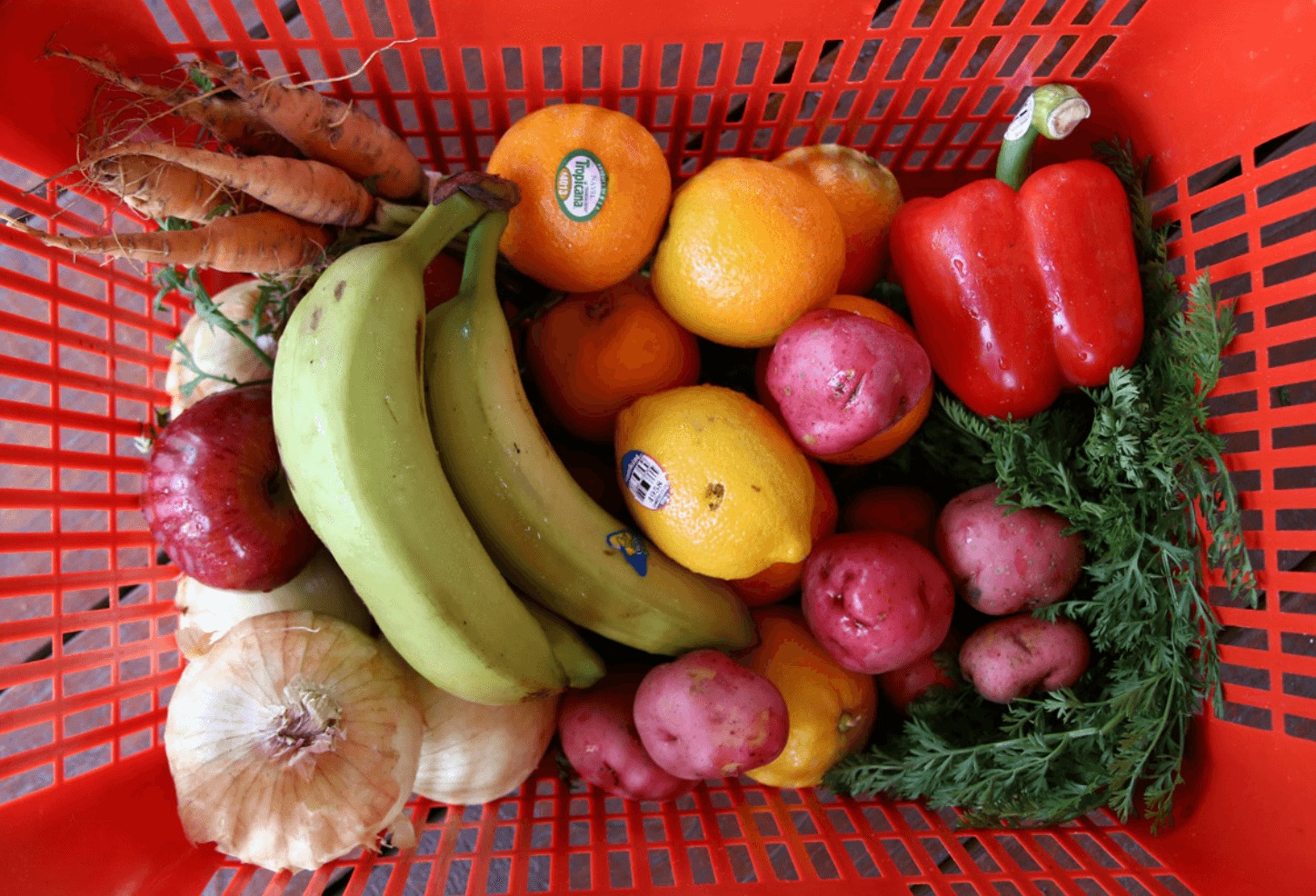
[Sankofa Fresh Market in the 9th Ward; Photograph by Kelsey McLaughlin]
The report includes a number of maps showing food insecurity levels by civil parish within the state; food deserts by census tract in Louisiana; and food deserts by census tract within metropolitan New Orleans. The report also discusses the work of Second Harvest of Greater New Orleans and Acadiana and Sankofa Mobile Market in New Orleans.
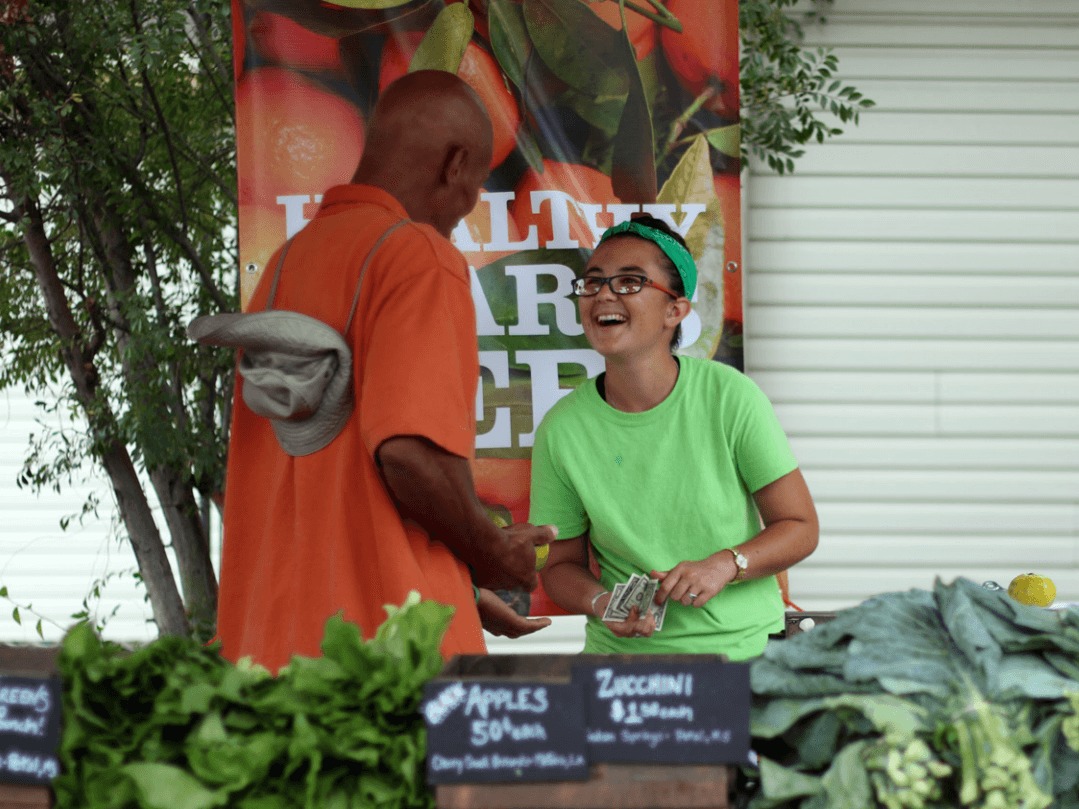
[Sankofa Fresh Market in the 9th Ward; Photograph by Kelsey McLaughlin]
In her conclusion to the report, Dr. Fitzgerald commented, “Addressing food insecurity in Louisiana must be understood as a social justice issue of the highest priority, requiring attention from all levels of government, the business community, local activists, and the faith community.”
Kelly Swan has worked for the Ignatian Solidarity Network since 2016, first as communications director, and now as director of advancement. She grew up in West Virginia and is a graduate of Wheeling Jesuit University. Kelly has worked in parish social ministry, child and family advocacy, community education and organizing, and publishing. She lives in the Cleveland, Ohio area with her children.

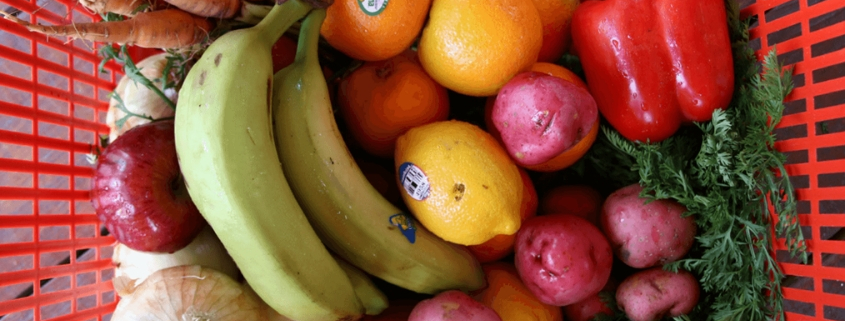
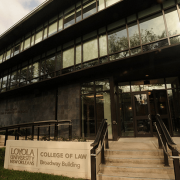


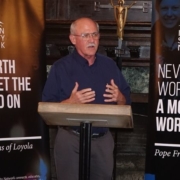

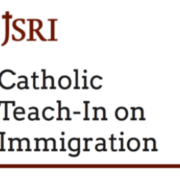

When I was hungry, you gave me to eat – says the Lord.